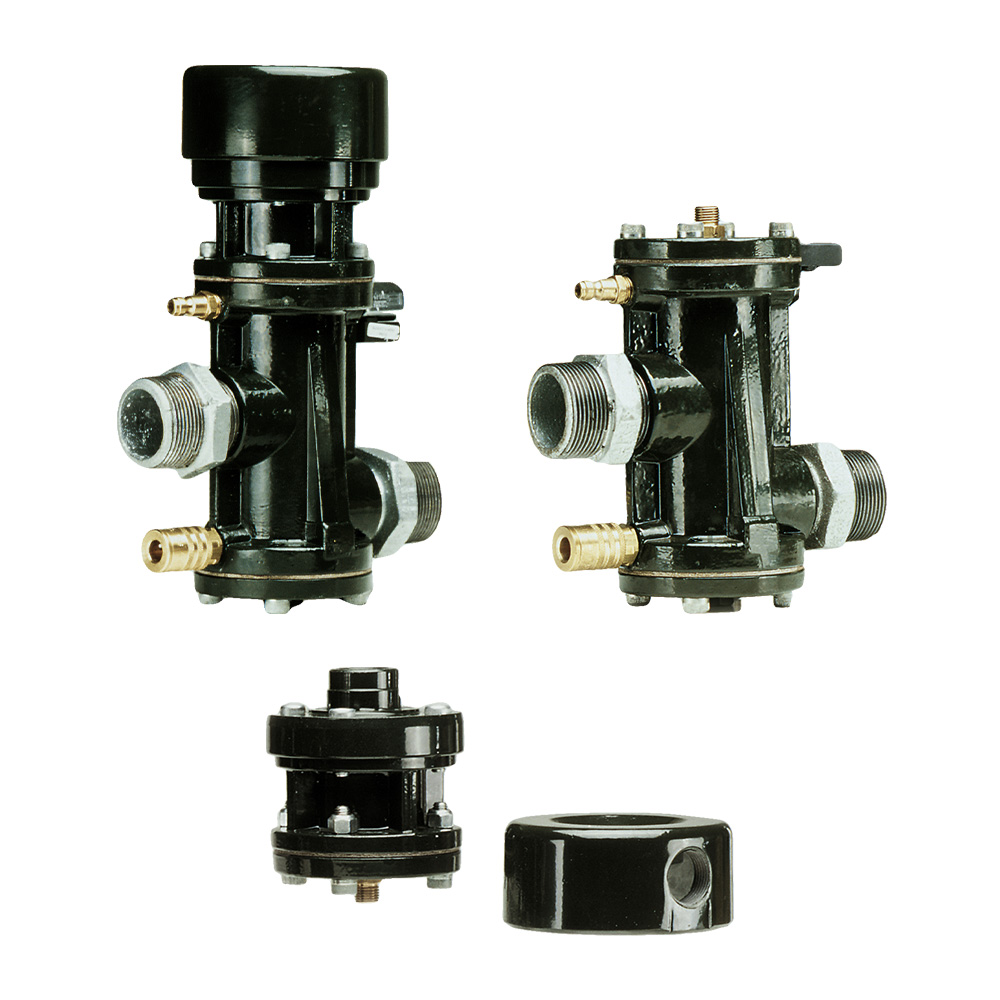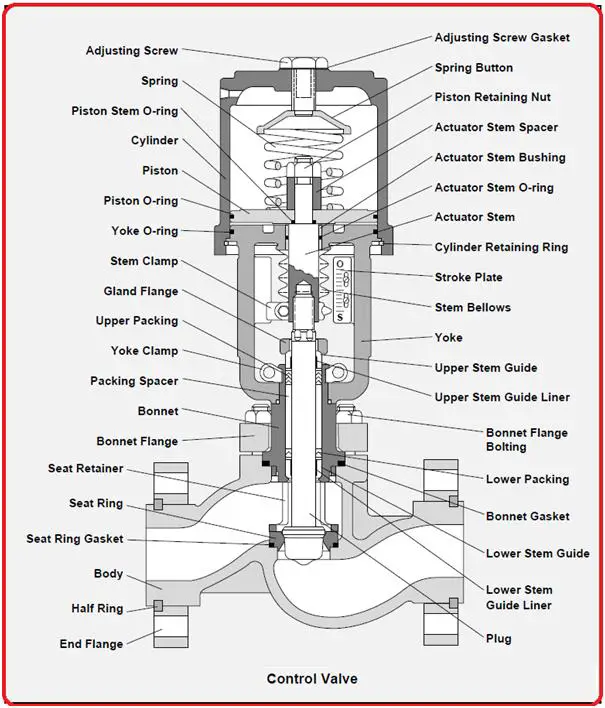Optimizing System Control with High-Performance Control Valves
Optimizing System Control with High-Performance Control Valves
Blog Article
Achieve Seamless Integration and Control With Quality Structure Automation Controls
In the realm of modern structure monitoring, the value of high quality structure automation controls can not be overemphasized. Accepting high quality structure automation controls is not just a matter of convenience yet a strategic necessary for organizations intending to maximize their facilities' efficiency and sustainability.

Advancement of Structure Automation Controls
Throughout the past few decades, the development of developing automation controls has dramatically changed the method buildings are managed and run. Initially, constructing automation systems largely focused on standard features such as managing air, air flow, and heating conditioning (HEATING AND COOLING) systems. As innovation advanced, these controls have become a lot more advanced, permitting for a bigger array of structure systems to be integrated and managed centrally.
The advancement of building automation controls has actually seen a change in the direction of even more intelligent systems that can adjust to changing conditions in real-time. This adaptability is essential for optimizing energy performance and ensuring occupant convenience. In addition, contemporary structure automation controls currently supply functions such as predictive maintenance, remote surveillance, and information analytics, allowing facility managers to make data-driven decisions to improve building efficiency.

Advantages of Quality Assimilation
The advancement in structure automation controls in the direction of more smart systems has emphasized the substantial advantages of quality combination in maximizing building procedures and improving total efficiency. This central control likewise provides better exposure and understandings right into building efficiency, allowing positive maintenance and optimization techniques. In general, the advantages of quality integration in building automation controls are indisputable, providing enhanced effectiveness, comfort, and functional effectiveness.
Enhanced Customer Experience and Accessibility
Enhancing user interaction with building automation controls via intuitive design and improved availability raises the total experience for residents and center supervisors alike. By concentrating on user experience, developing automation systems can become more user-friendly and efficient. Instinctive interfaces, clear navigation, and customizable settings equip users to interact with the controls quickly and successfully.
Ease of access functions play a vital role in ensuring that all individuals, including those with handicaps, can use the building automation regulates effortlessly. Integrating features such as voice commands, tactile buttons, and color-contrasted displays can enhance accessibility and make the controls more comprehensive.
Furthermore, improved customer experience leads to greater individual satisfaction, increased performance, and Clicking Here better decision-making. Passengers can change ecological setups according to their choices, while center managers can effectively manage and check structure systems - control valves. Overall, focusing on individual experience and access in structure automation regulates contributes to a much more seamless and effective building atmosphere for all stakeholders included
Lasting Practices With Automation

Furthermore, automation can help with the assimilation of renewable power resources such as solar panels or wind turbines right into structure operations. Via automation, buildings can align with modern-day sustainability objectives and add to a greener future.
Future Trends in Building Control Systems
In anticipation of progressing innovations and evolving sustainability methods, the trajectory of structure control systems is positioned to welcome innovative options and transformative approaches. One popular fad shaping the future of building control systems is the raised integration of Expert system (AI) and artificial intelligence. These technologies enable structures to adjust in real-time to altering problems, maximizing energy usage and enhancing comfort for owners. Furthermore, the Internet of Things (IoT) is reinventing structure control systems by attaching sensors and tools to improve procedures and enhance efficiency.
One more crucial pattern is the focus on cybersecurity procedures to protect versus prospective risks to constructing automation systems. As structures come to be much more interconnected, ensuring durable cybersecurity procedures will certainly be important to guard delicate data and stop unapproved access.
In addition, the change in the direction of cloud-based platforms is getting energy, permitting for systematized control and remote accessibility to building systems. This promotes easier tracking, upkeep, and updates, enhancing the overall performance and versatility of structure control systems. As innovation proceeds to development, these patterns are expected to form the future landscape of structure automation controls, driving advancement and sustainability in the built environment.
Final Thought
In conclusion, building automation controls have advanced significantly, providing numerous advantages such as improved customer experience, Clicking Here access, and lasting techniques. Quality integration plays an essential role in achieving smooth control and effective operation of building systems. Future patterns in building control systems are likely to focus on more improving automation capabilities for improved power effectiveness and general performance. It is vital for building owners and operators to focus on the adoption of high quality structure automation regulates to enhance building operations and achieve long-term sustainability objectives.
In the world of contemporary building monitoring, the importance of top quality building automation controls can not be overstated. On the whole, the evolution of structure automation manages continues to drive innovation in the building management market, offering new possibilities for creating smarter and more sustainable structures.
The advancement in structure automation regulates in the direction of even more intelligent systems has actually emphasized the considerable advantages of top quality combination in maximizing building operations and boosting overall effectiveness. In general, focusing on customer experience and access in building automation controls contributes to an extra smooth and productive structure environment for all stakeholders entailed.
It is necessary for building owners and drivers to focus on the fostering of top quality building automation manages to enhance building operations and attain long-term sustainability objectives. - control valves
Report this page